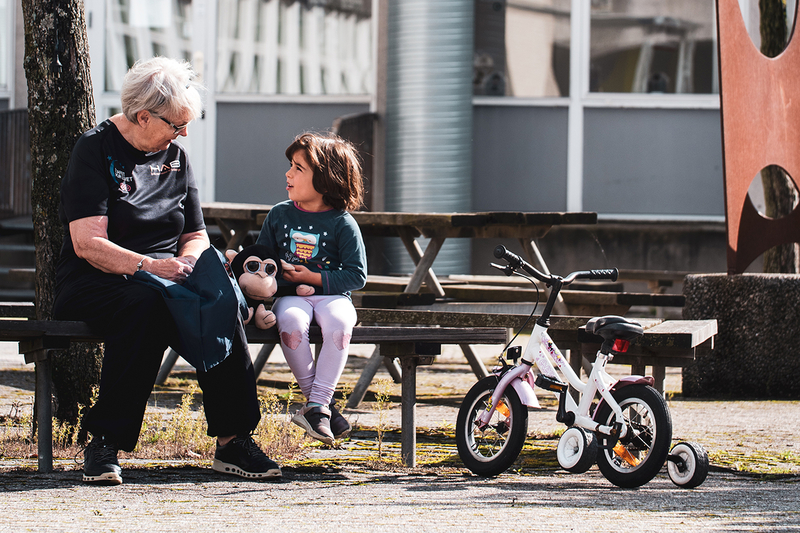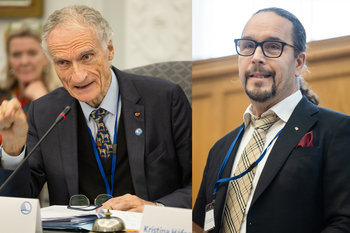Can the wellbeing economy provide a boost to the Nordic welfare model?

The concept behind the wellbeing economy is to move away from a narrow focus on economic growth. Adopting clear goals for wellbeing makes it possible to argue in favour of certain priorities and control the political decision-making processes without necessarily being critical of the economic factors in the overall national budget.
Research into subjective wellbeing confirms that how well we feel is not only dependent on economic growth and income. Those are just two of the ingredients, which means the wellbeing economy is of great value for political decision-makers, who can focus on other indicators when measuring their country's development potential and making political choices, the new report from the Nordic Council of Ministers says.
All constitutions of government are valued only in proportion as they tend to promote the happiness of those who live under them. This is their sole use and end.
The report by Michael Birkjær, Alexander Gamerdinger and Sarah El-Abd of the Happiness Research Institute in Copenhagen was commissioned by the Nordic Council of Ministers’ Statistics and Analysis Unit.
“The idea is to contribute to a better understanding of what wellbeing economics is and provide input to a knowledge-based discussion about how wellbeing, as one of the factors in economic decisions, supports the Nordic Vision 2030,” says Paula Lehotmäki, Secretary General of the Nordic Council of Ministers.
What about the Nordic welfare models?
Quantifying wellbeing has three purposes: it helps us observe, prioritise and make policy decisions. Only the last two are crucial for a wellbeing economy, but observation or quantification is often a prerequisite for moving on to prioritisation and decision-making.
“In practice, a wellbeing economy manifests itself in that wellbeing becomes a measurable indicator in national budgets and can exert greater influence on parliamentary decisions,” says Michael Birkjær.
New Zealand and the United Kingdom have already incorporated the wellbeing economy into their national budgets. So what is the situation in the Nordic Region? The Nordic welfare models have been a trademark for many years, but the authors behind the report asks whether they have hindered the development of a wellbeing-based economy in the Region.
“We face a number of challenges in the Nordic Region that a wellbeing economy can potentially help address, for example the growing problems with mental health. One in six people in the Nordic countries has some form of mental health issue,” Birkjær underlines.
“We face a number of challenges in the Nordic Region that a wellbeing economy can potentially help address, for example the growing problems with mental health.
Finland and Iceland have actively promoted major wellbeing-economy projects in recent years involving the three steps: observation, prioritisation and political decision-making. The other Nordic countries have not made as much progress.




